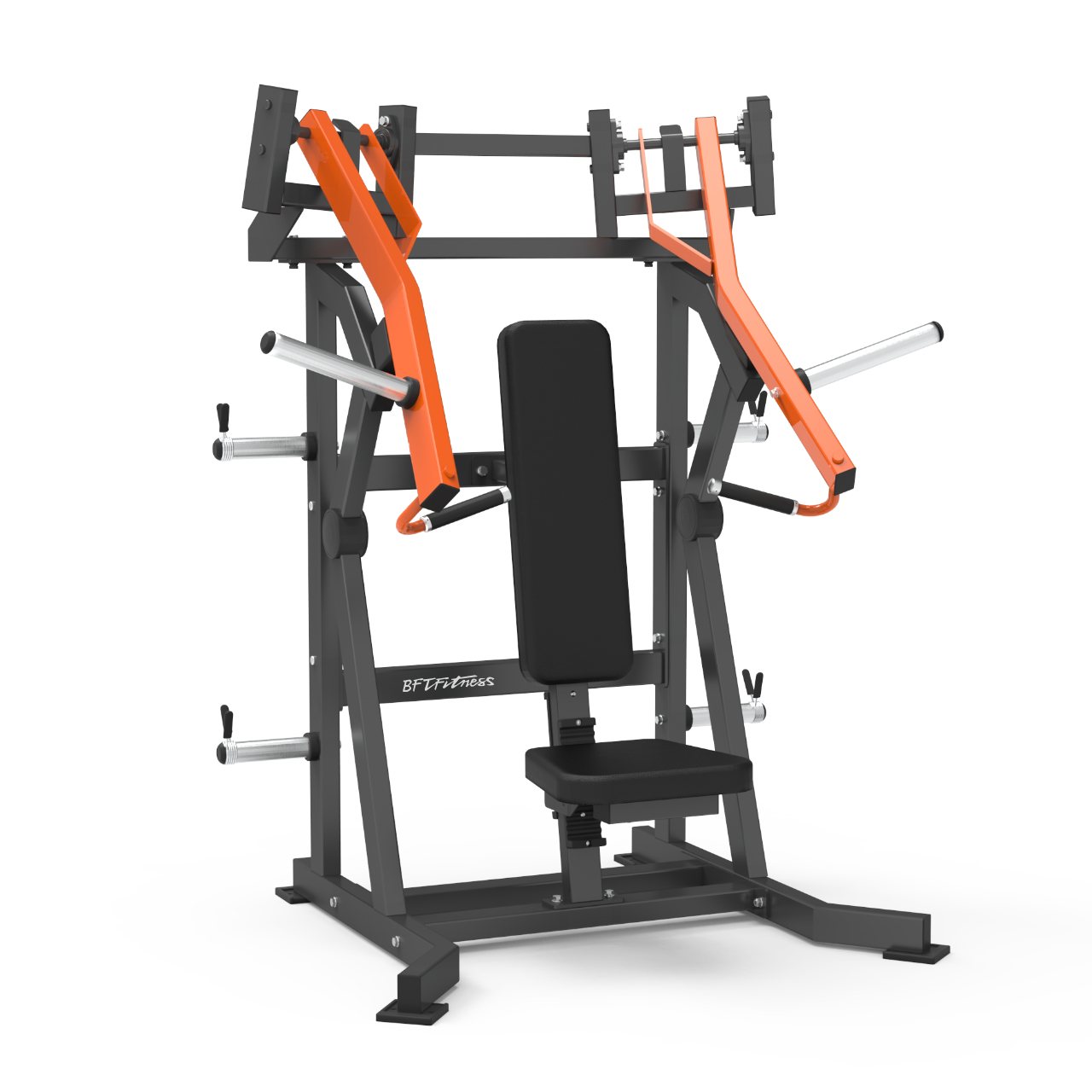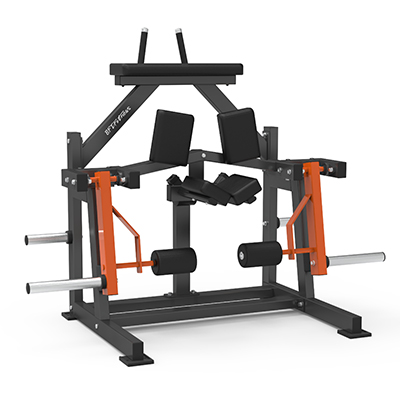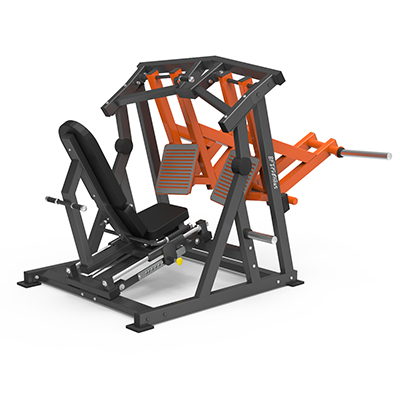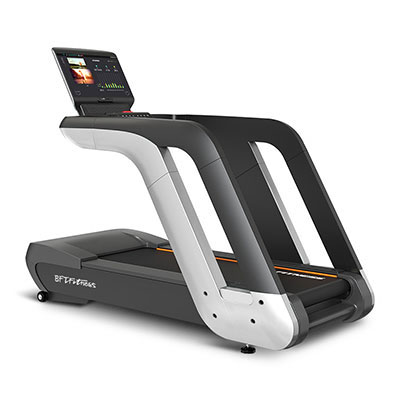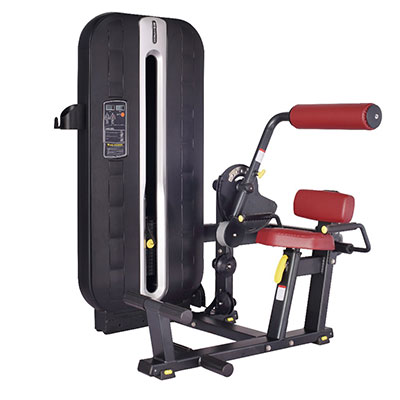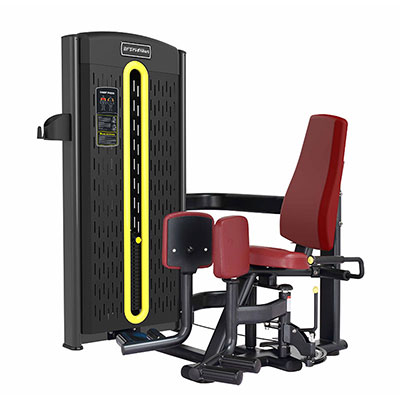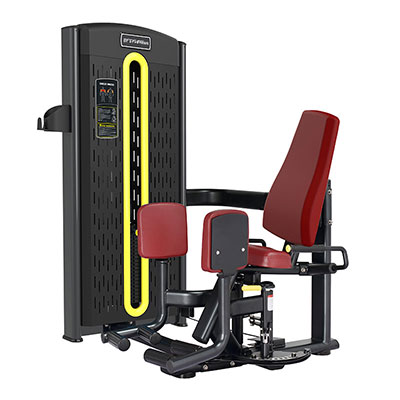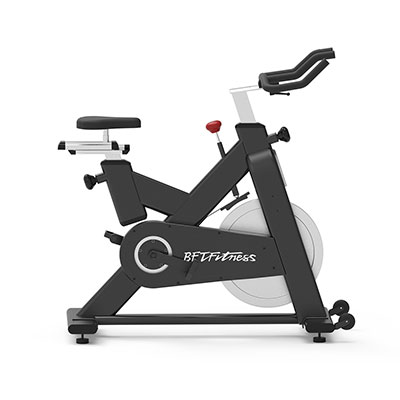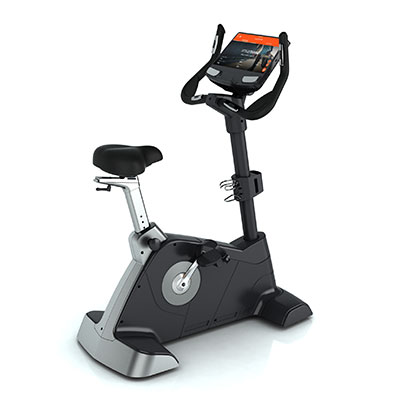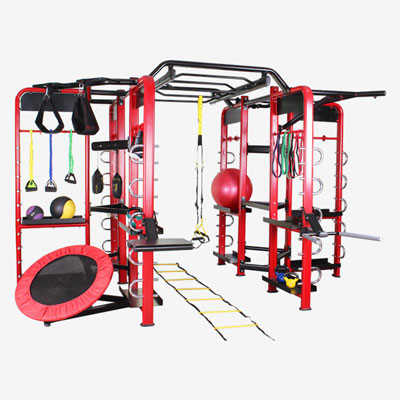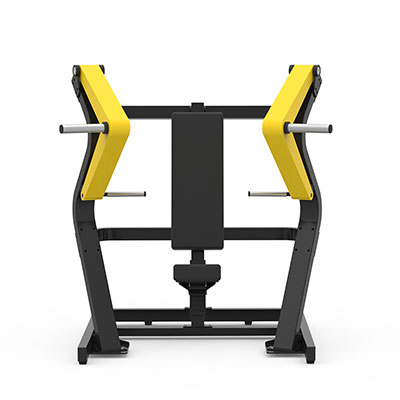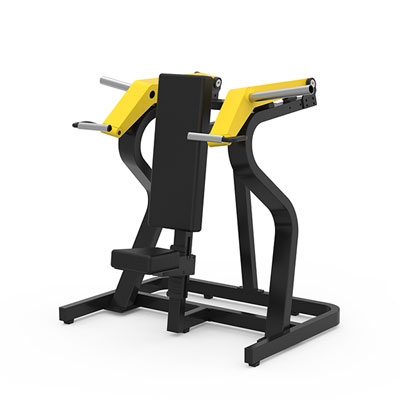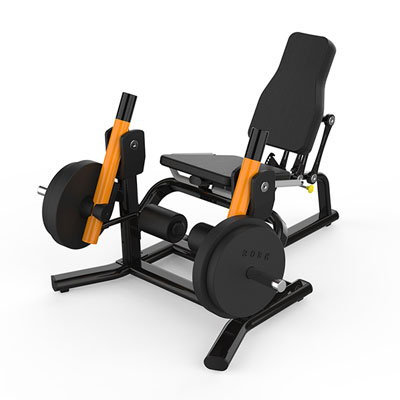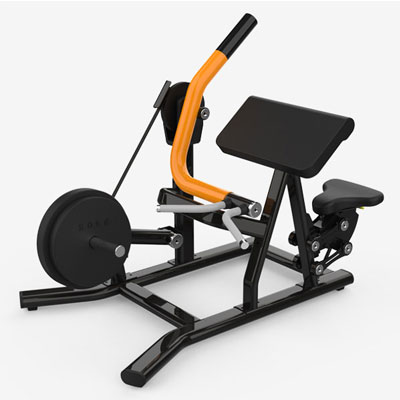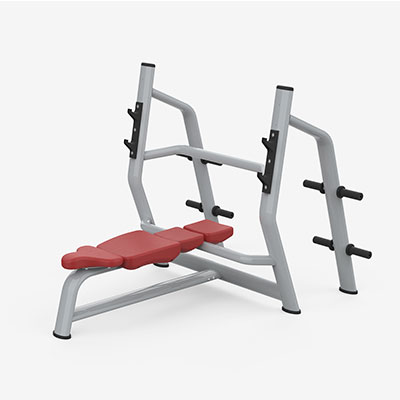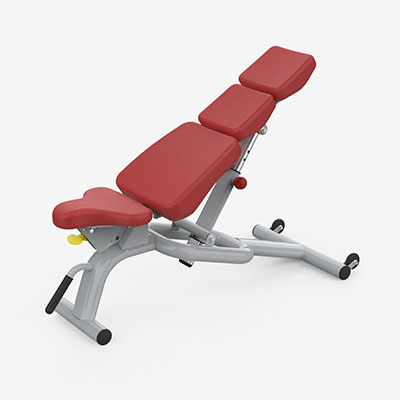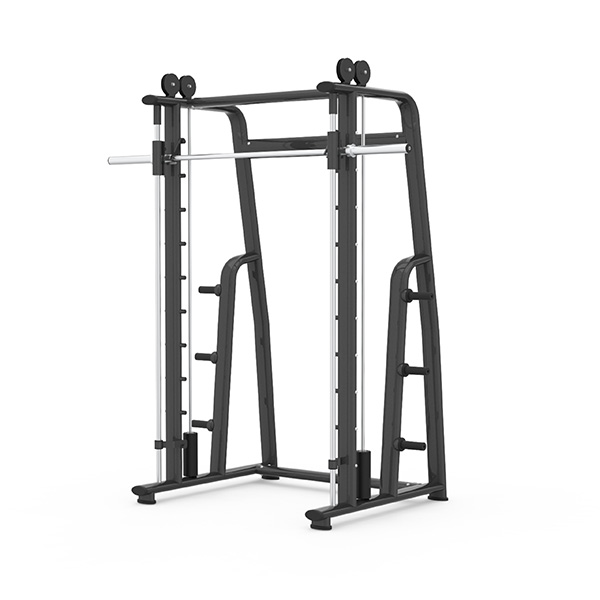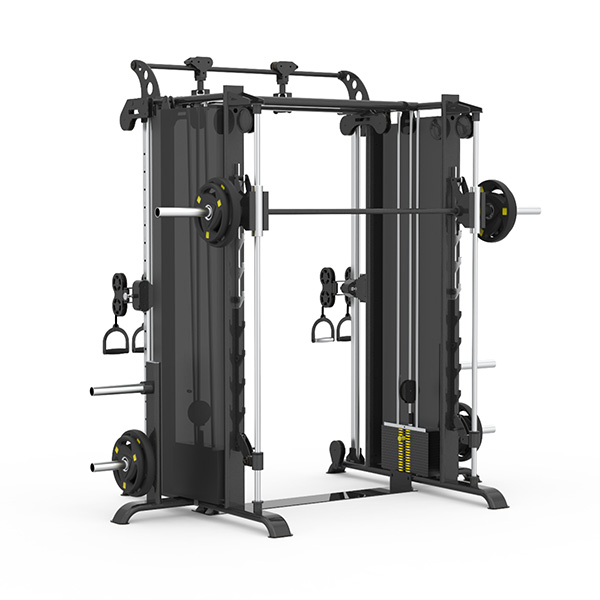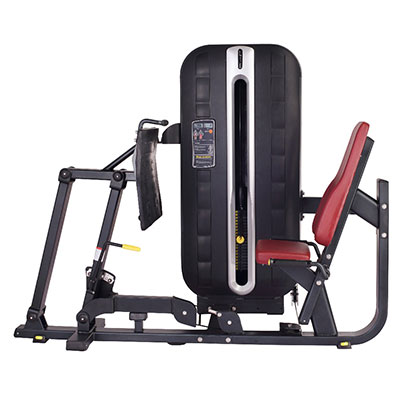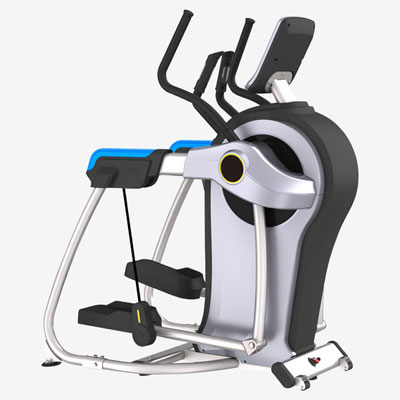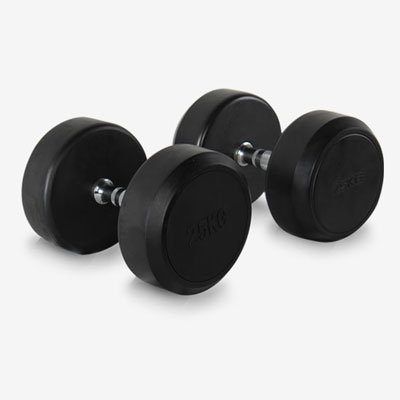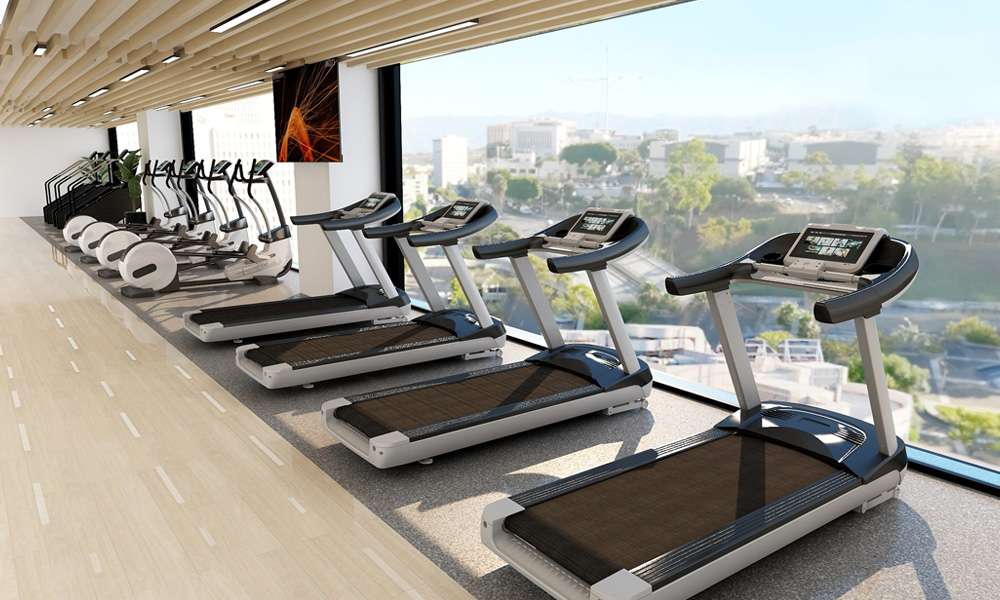How to Choose an Elliptical Machine: Tips and Advice
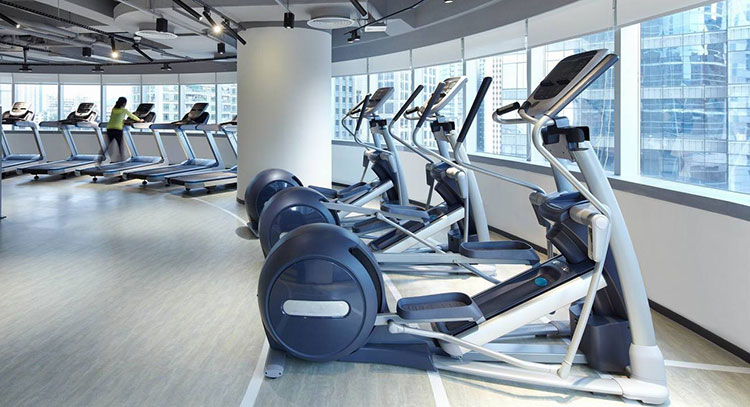
Elliptical machines are a popular choice for home fitness, as they provide a low-impact, full-body workout that can improve your cardio, burn calories, and tone your muscles. However, not all elliptical machines are created equal, and there are many factors to consider before buying one. Here are some tips and advice on how to choose an elliptical machine that suits your needs and budget.
Drive Type
One of the first things to look at when choosing an elliptical machine is the drive type, which refers to the location of the flywheel that provides resistance. There are three main types of drive: front-drive, center-drive, and rear-drive.
Front-drive ellipticals have the flywheel in front of the pedals, which creates a more horizontal and flat motion. They tend to be more stable and smooth, but also more expensive and bulky. They may also require more maintenance due to the complex mechanical structure.
Center-drive ellipticals have the flywheel in the center of the machine, which creates a more vertical and circular motion. They tend to be more compact and ergonomic, but also more rare and costly. They may also have a shorter stride length due to the limited space.
Rear-drive ellipticals have the flywheel behind the pedals, which creates a more diagonal and oval motion. They tend to be more affordable and simple, but also less comfortable and durable. They may also have a higher impact on the joints due to the floating sensation.
Depending on your preference, space, and budget, you can choose the drive type that works best for you. Generally speaking, front-drive ellipticals are more suitable for advanced users who want a smoother and quieter ride, while rear-drive ellipticals are more suitable for beginners who want a cheaper and easier option.
Stride Length
Another important factor to consider when choosing an elliptical machine is the stride length, which refers to the distance between the pedals at their farthest point. The stride length determines how natural and comfortable your motion feels on the machine, as well as how much you can work your muscles.
The ideal stride length depends on your height and leg length, but generally speaking, you want a stride length that is at least equal to or slightly longer than your natural step distance. A too short stride length will make you feel cramped and restricted, while a too long stride length will make you feel stretched and strained.
The average stride length for most elliptical machines is around 20 inches, which can accommodate most users. However, some machines have adjustable stride lengths that can range from 14 to 22 inches or more. This can be useful if you have multiple users with different heights or if you want to vary your intensity by changing your stride length.
Resistance Levels
Another key factor to consider when choosing an elliptical machine is the resistance levels, which determine how hard you have to work to move the pedals. The resistance levels affect the intensity and challenge of your workout, as well as the calories you burn and the muscles you target.
The resistance levels are controlled by either manual or electronic magnetic systems. Manual magnetic systems require you to turn a knob or dial to adjust the resistance manually. Electronic magnetic systems allow you to press a button or use a console to adjust the resistance automatically.
Manual magnetic systems are cheaper and simpler, but also less precise and convenient. Electronic magnetic systems are more expensive and complex, but also more accurate and versatile. They can also sync with preset programs or interactive features that automatically adjust the resistance according to your goals or feedback.
The number of resistance levels varies from machine to machine, but generally speaking, you want at least 16 levels of resistance to have enough variety and challenge for your workouts. More resistance levels mean more options and customization for your fitness level and progress.
Incline Adjustment
Another optional feature to consider when choosing an elliptical machine is the incline adjustment, which allows you to change the angle of the pedals and handles. The incline adjustment simulates climbing hills or stairs, which can increase the intensity and difficulty of your workout, as well as target different muscle groups.
The incline adjustment can be either manual or electronic. Manual incline adjustment requires you to get off the machine and adjust the incline manually by using levers or knobs. Electronic incline adjustment allows you to changethe incline electronically by using a button or a console. Electronic incline adjustment can also sync with preset programs or interactive features that automatically adjust the incline according to your goals or feedback.
Manual incline adjustment is cheaper and simpler, but also less convenient and versatile. Electronic incline adjustment is more expensive and complex, but also more convenient and versatile. It can also help you burn more calories and work your muscles harder.
The range of incline adjustment varies from machine to machine, but generally speaking, you want at least 10 degrees of incline to have enough variety and challenge for your workouts. More incline degrees mean more options and customization for your fitness level and progress.

BCE-303T Cross Trainer (Touch Screen)
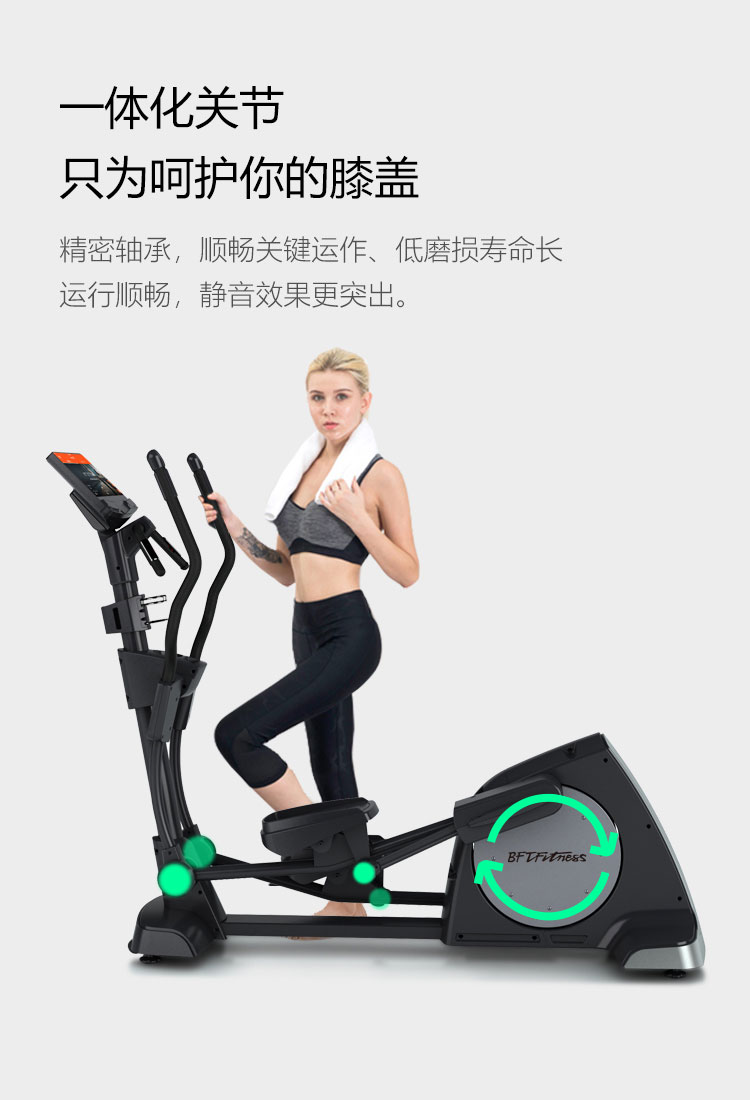
BCE-303T Cross Trainer (Touch Screen)

